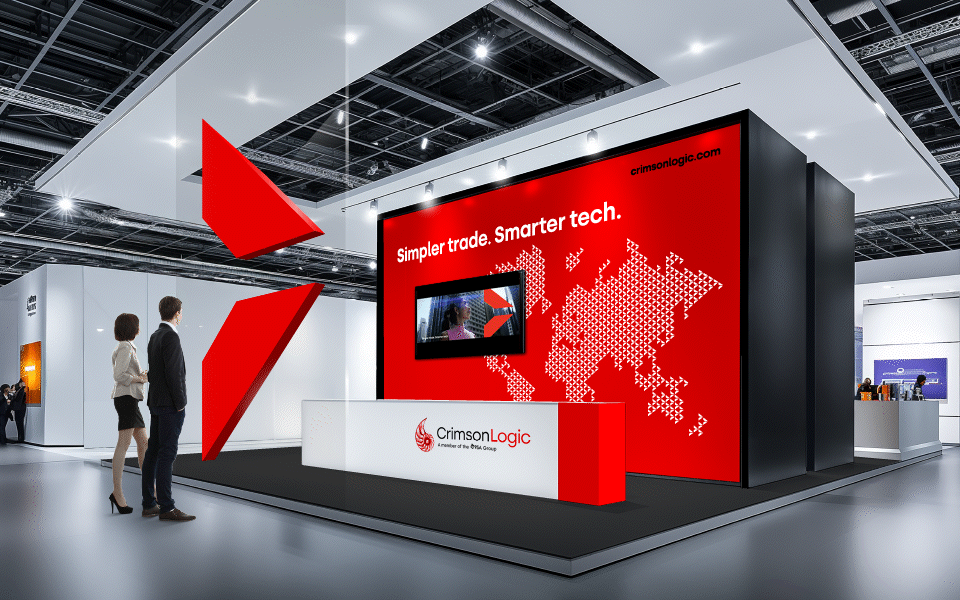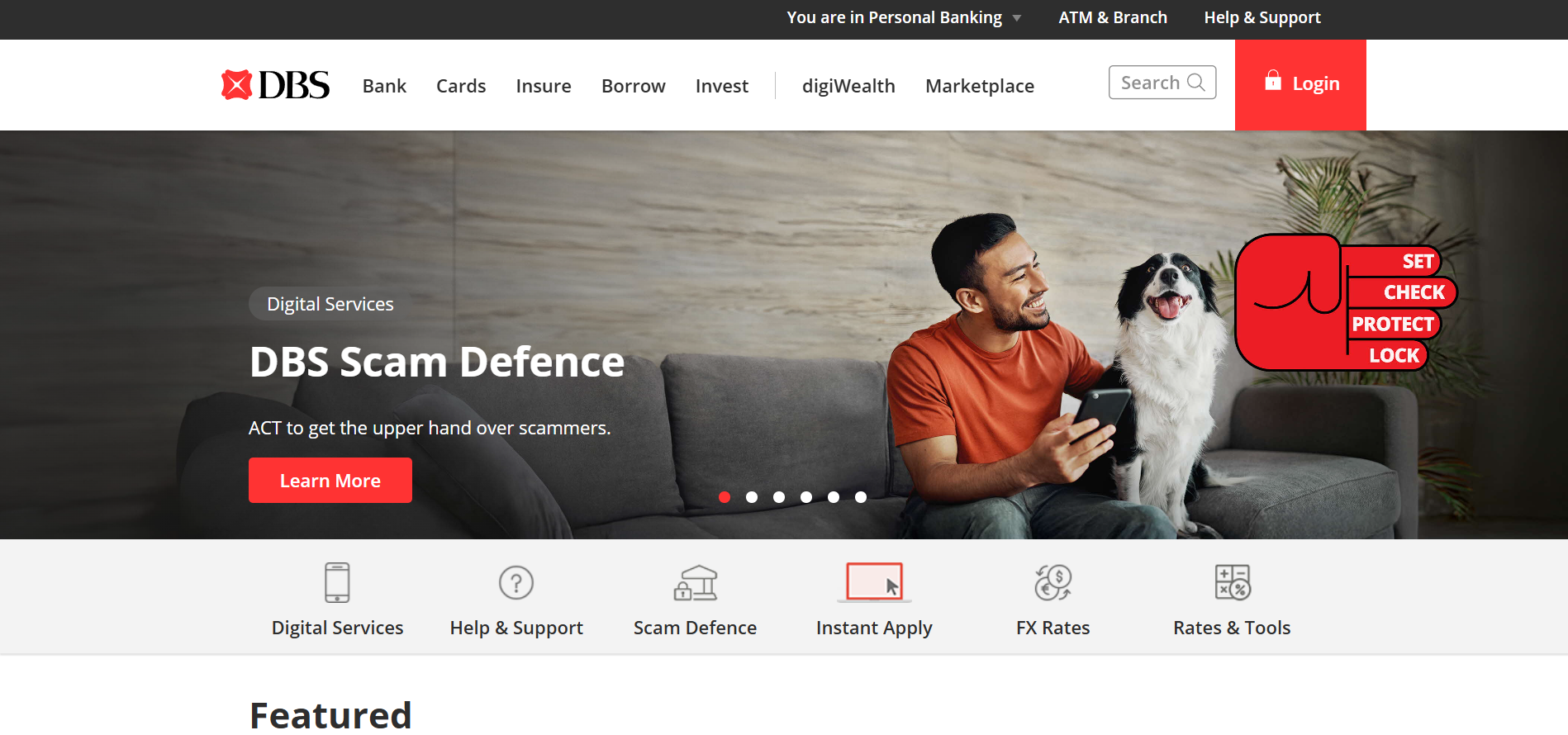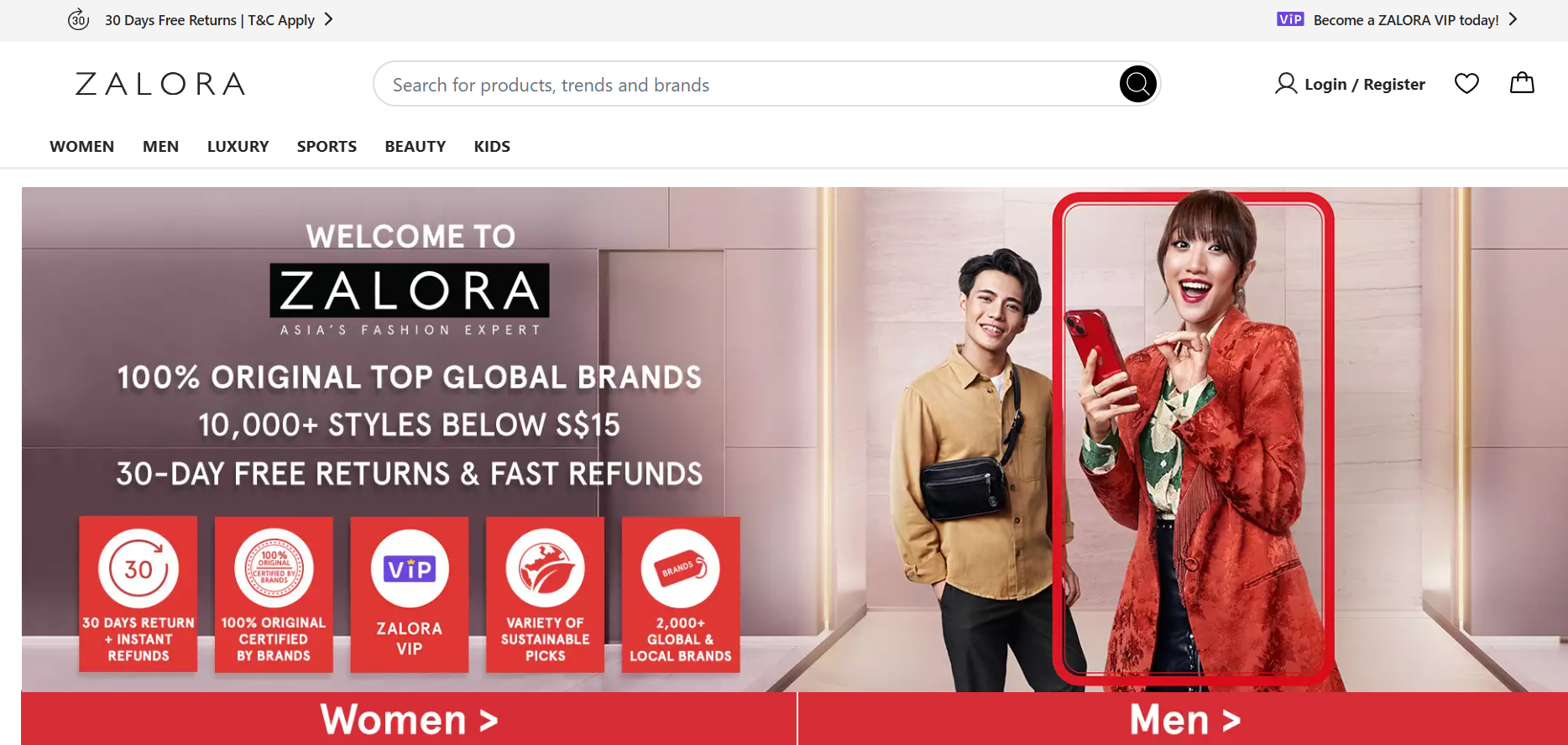Understanding Employer Branding: A Comprehensive Guide
Boost your talent pool with effective employer branding. Define your EVP, engage employees, use digital platforms, and track success. Start now!

Boost your talent pool with effective employer branding. Define your EVP, engage employees, use digital platforms, and track success. Start now!


Singapore's talent market has a problem most companies refuse to acknowledge.
They're competing for the same professionals, offering similar salaries, promoting comparable benefits, and wondering why top candidates continue to choose their competitors instead.
The difference isn't the job. It's the brand behind it.
Recruitment has become transactional: post a role, review CVs, make an offer. But candidates aren't evaluating job descriptions in isolation anymore. They're evaluating you, your reputation, your culture, your story, long before they apply. If you don't have a compelling answer to "Why should I work here instead of anywhere else?", you've already lost.
In relentless competition for skilled professionals, that's no longer sustainable. Employer branding isn't just marketing fluff or HR busywork. It's the strategic difference between attracting the talent you need and settling for whoever responds.
This guide explains what employer branding actually means, why it matters specifically in Singapore's unique talent industry, and how organisations can build authentic employer brands that attract, engage, and retain exceptional professionals in 2025.
Quick Takeaways from the Blog:
Employer branding is the perception of your organisation as a workplace. It encompasses everything potential and current employees believe about working for you, your culture, values, leadership, opportunities, and the overall employee experience.
Unlike corporate branding, which focuses on customer perception, employer branding specifically targets talent markets. It influences who applies to your vacancies, who accepts your offers, and critically, who stays and becomes an advocate.
At its core, employer branding is built on your Employer Value Proposition (EVP): the unique combination of benefits, culture, career development, and values you offer in exchange for employees' skills and commitment. Your EVP answers the fundamental question every candidate asks: "Why should I work here instead of somewhere else?"
The question isn't whether you have an employer brand. You do. The question is whether you're actively shaping it or allowing it to form by default.
Also Read: 10 Steps to Improve the Branding of Your Company for Relevance
Singapore's job market presents a distinctive challenge that makes employer branding not just valuable but essential. With unemployment rates consistently below 2%, organisations aren't just competing for talent; they're competing in a candidate-driven market where skilled professionals have options, leverage, and increasingly sophisticated expectations about where they invest their careers.
Here's why it matters:
If you are struggling to attract top talent while competitors snap them up?
Book your branding audit to identify what's weakening your talent attraction.
Understanding the forces shaping Singapore's employer branding helps organisations stay relevant, competitive, and attractive to the talent they need most.
Let’s look at the key trends.
The way Singapore's professionals discover and evaluate employers has undergone a fundamental change. LinkedIn profiles, company social media presence, employee-generated content, and authentic workplace stories now shape candidate perceptions more powerfully than corporate careers pages.
Employee advocacy, which empowers your current team to share their authentic experiences on digital platforms, has emerged as one of the most credible forms of employer branding.
Singapore's rapid economic evolution demands continuous upskilling and reskilling. Employer brands that emphasise learning opportunities, professional development, and skills growth attract talent seeking career progression, not just jobs. Forward-thinking organisations are highlighting their learning ecosystems, mentorship programmes, and commitment to employee growth as central employer brand pillars.
In a market where career mobility is the norm, positioning your organisation as a place where professionals develop valuable skills creates powerful attraction and retention effects.
DEI has shifted from aspiration to expectation. Singapore's multicultural workforce is increasingly evaluating potential employers based on their inclusive practices, diverse leadership, and equitable opportunities.
However, effective DEI employer branding requires authenticity, and candidates can distinguish between genuine commitment and performative diversity statements. Organisations that build inclusive cultures and communicate them honestly see measurably stronger employer brand outcomes.
The pandemic permanently shifted expectations around employee well-being. Mental health support, flexible working arrangements, wellness programmes, and work-life integration are no longer perks; they're prerequisites.
Employer brands that credibly demonstrate commitment to employee wellness attract talent seeking sustainable career environments. In Singapore's high-performance culture, organisations that strike a balance between ambition and genuine care for employee well-being stand out.
The most effective employer brands in 2025 aren't built on intuition; they're built on data. Organisations are increasingly measuring employer brand performance through candidate experience metrics, employee net promoter scores, application quality indicators, and time-to-hire analytics. Critically, successful employer branding now requires C-suite ownership.
When leadership treats employer branding as a strategic business priority rather than an HR exercise, organisations see dramatically better outcomes.
Building an employer brand that attracts and retains Singapore's best talent requires getting four fundamental pillars right and living them consistently across every touchpoint.
Let’s look at the core pillars.
Your culture isn't what you say in recruitment marketing, it's what employees experience daily. Authentic employer brands reflect real organisational values, not aspirational ones.
Singapore's professionals are sophisticated evaluators. They thoroughly research companies, speak with current employees, and read between the lines of corporate messaging. The organisations with the strongest employer brands are those where external perception aligns with internal reality.
Cultural authenticity requires honesty about both strengths and areas for growth. An overpromising culture during recruitment can create disillusionment post-hire, damaging both retention and the employer's reputation.
Your EVP must resonate with Singapore's workforce specifically. What matters to professionals here? Career development opportunities, work-life balance, inclusive culture, meaningful work, competitive compensation, and organisational stability all feature prominently.
The most compelling EVPs are specific and differentiated. Generic statements about "being a great place to work" don't cut through. Your EVP should articulate what makes your organisation uniquely valuable as an employer in Singapore's market.
Diversity and inclusion must be embedded in practice, not just policy. This means diverse leadership representation, equitable career progression opportunities, inclusive decision-making processes, and psychological safety for all employees.
Employer brands built on inclusive foundations attract broader talent pools and benefit from diverse perspectives that drive innovation and performance.
Professionals want both career progression and personal well-being. Employer brands that credibly offer both, through clear development pathways, flexible working arrangements, and supportive management practices, have significant competitive advantages.
This isn't about work-life separation, but rather work-life integration: helping employees build careers that enhance, rather than diminish, their overall quality of life.
Read More: How Brand Management Builds Stronger Healthcare Brands
Moving from employer branding theory to practice requires systematic execution across research, messaging, activation, and measurement to build authentic attraction in Singapore's talent market.
Here are some actionable steps:
Start with research. Conduct employee surveys, exit interviews, focus groups, and candidate experience assessments. What do current employees value most about working here? What do departing employees cite as reasons for leaving? What do candidates remember about their recruitment experience?
Analyse your competition's employer positioning. Where are the gaps? What can you authentically own that competitors cannot?
Your EVP should emerge from this research—grounded in reality, differentiated in the market, and compelling to the talent you need.
Employee voices are your most powerful employer branding asset. Identify willing ambassadors across different roles, departments, and career stages. Capture their authentic stories about why they joined, why they stay, and what they value about the work and culture.
Share these stories across your careers site, LinkedIn company page, recruitment materials, and social media channels. Video testimonials, employee spotlights, and day-in-the-life content create genuine insight into your employee experience.
LinkedIn is the primary professional platform in Singapore. Optimise your company page, encourage employees to update their profiles with rich descriptions of their roles, share company content, and engage authentically with your network.
Beyond LinkedIn, consider where your target talent spends time. Industry forums, professional associations, university networks, and community groups all offer employer branding opportunities.
Formalise employee advocacy through ambassador programmes. Provide employees with content, guidance, and support to share their experiences authentically.
Recognition, appreciation, and empowerment drive ambassador participation. When employees feel valued and proud of their organisation, they naturally become advocates.
Establish clear metrics: application quality, application volume, offer acceptance rates, cost-per-hire, time-to-hire, employee referral rates, Glassdoor ratings, LinkedIn engagement, and retention rates.
Review these KPIs quarterly. What's working? What needs adjustment? Employer branding isn't a campaign; it's an ongoing discipline that requires continuous improvement.
Learning from organisations that have successfully built strong employer brands in Singapore provides practical insights into strategies that work in this unique market.

Grab built its employer brand around purpose and impact. Their messaging emphasises solving real problems for Southeast Asia, creating opportunities for millions, and building technology that improves lives.
This purpose-driven positioning attracts professionals seeking meaningful work beyond corporate career progression. Grab's employer brand reflects an authentic organisational mission, resonating particularly strongly with younger talent prioritising purpose alongside compensation.
Their social media presence showcases employee stories, diversity initiatives, and community impact, reinforcing the employer brand narrative across multiple touchpoints.

DBS transformed its employer brand from a traditional banking institution to an innovative, technology-driven organisation. Their "T-shaped" skills messaging, deep expertise, and broad capabilities position the bank as a learning environment for professionals seeking growth.
DBS actively promotes its innovation culture, technology adoption, and digital transformation journey. This employer branding attracts tech talent who might not traditionally consider banking careers, expanding their talent pool significantly.

ZALORA emphasises culture and employee experience as core employer brand pillars. Their approach focuses on authenticity, showcasing real employees, genuine workplace dynamics, and honest insights into their fast-paced e-commerce environment.
They leverage employee-generated content extensively, creating credible, relatable employer brand communications that resonate with their target talent demographic.
Practical tools, frameworks, and resources help Singapore organisations build, activate, and measure employer brands systematically rather than relying on intuition or isolated initiatives alone.
Here is the toolkit:
Monitor your employer brand reputation using tools like Glassdoor for employee reviews, LinkedIn analytics for company page performance, and social listening platforms for broader sentiment analysis.
Respond to reviews professionally, both positive and negative. Acknowledging feedback demonstrates that you listen to and value employee perspectives, thereby strengthening your employer brand's credibility.
Create structured approaches to capturing employee stories. Question frameworks might include:
These frameworks make story collection scalable and consistent whilst allowing authentic individual voices to emerge.
Develop dashboards tracking key employer brand metrics: application volumes, application quality scores, source of hire, offer acceptance rates, early turnover rates, employee referral rates, Glassdoor ratings, LinkedIn follower growth, and content engagement rates.
Regular measurement enables data-driven refinement and demonstrates employer branding ROI to leadership.
Consider participating in employer brand recognition programmes like LinkedIn's Best Employer Brand awards or regional Best Employer certifications. These third-party validations provide credibility and visibility.
However, focus on building authentic employer brands first; recognition follows substance, not the reverse.
Employer branding isn't optional in Singapore's 2025 talent market. It's foundational.
The organisations that will attract, engage, and retain the professionals they need are those that invest in authentic employer brands—built on genuine culture, communicated honestly, and lived consistently across every employee touchpoint.
Start with clarity. Who are you as an employer? What do you genuinely offer that others cannot? Why should talented professionals choose you?
Then build systematically. Research your current state. Define your authentic EVP. Activate through employee advocacy and digital storytelling. Measure relentlessly. Refine continuously. In markets where talent chooses employers as much as employers choose talent, your employer brand might be your most valuable asset.
Choose Vantage to build a brand that makes a lasting impact. Look at our branding portfolio and contact us today.
1. What is the difference between employer branding and corporate branding?
Corporate branding focuses on how customers, investors, and the general public perceive your organisation. Employer branding targets explicitly current and potential employees, shaping the perception of your organisation as a workplace. Whilst they should align, they serve different audiences with different priorities.
2. How long does it take to build a strong employer brand in Singapore?
Initial employer brand strategy and activation typically takes 3-6 months, including research, EVP development, content creation, and channel activation. However, building a strong employer reputation is a long-term discipline, not a one-time project.
3. Can small and medium enterprises (SMEs) compete with large corporations on employer branding?
Absolutely. SMEs often have advantages large corporations lack: agility, closer leadership access, flatter structures, broader role scope, and a more personal culture. Effective employer branding isn't about the size of the budget; it's about authenticity and differentiation.
4. Do we need to hire an agency for employer branding, or can we do it internally?
Both approaches work, depending on your internal capabilities and capacity. Successful employer branding requires expertise in brand strategy, content creation skills, digital marketing capabilities, and a sustained execution discipline. If you have these capabilities internally and leadership commitment, internal execution is viable.
5. How do we measure employer branding ROI?
Track leading indicators like application volume and quality, offer acceptance rates, employee referral rates, careers site traffic, LinkedIn engagement, and Glassdoor ratings. Track lagging indicators, such as cost-per-hire, time-to-hire, early turnover rates, and employee engagement scores. Calculate ROI by quantifying recruitment cost savings, retention improvements, and productivity gains against employer branding investment.


